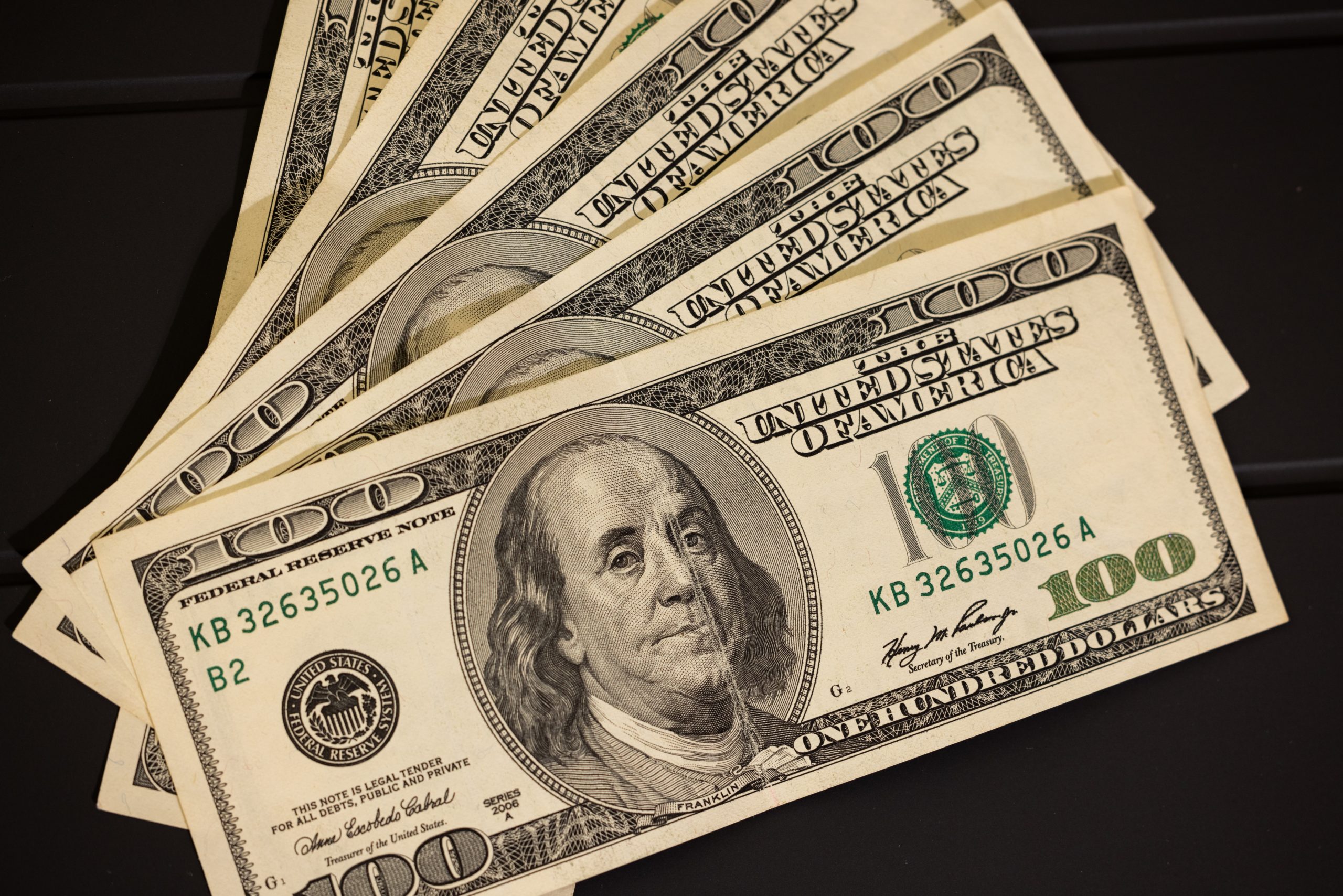Inflation is a measure of rising costs for the same goods or services in an economy. Put differently, inflation is a way to measure when the same product costs more money to purchase than that same at a previous time. Normally, inflation in the United States is ~2-3% per year.
Inflation reduces the value of currency in the economy. This is easiest to understand by converting money into “real” terms. For example, in Year 1 a gallon of milk cost $2.00, then $1.00 is worth 0.5 gallons of milk. In Year 2, the economy has experienced 5% inflation. This means that a gallon of milk now costs $2.10 ($2.00 x 1.05). Now, every $1.00 is worth 0.476 gallons of milk. So the “purchasing power” or the value of that $1 has gone down by ~5%.
Inflation is most evident over the course of several years. Let’s use that same example of 5% annual price inflation. If prices increase by 5% per year for 10 years, the cost of a gallon of milk will be $3.26 ($2.00 x (1.05)^10 ). This means that every $1.00 is worth 0.306 gallons of milk. This means that the purchasing power of $1 has decreased from 0.5 gallons of milk to 0.306 gallons over the course of 10 years.
What causes inflation?
Price is used to balance supply and demand for products. If a lot of people want the same thing and manufacturers cannot make more, then the price of that item will go up. Similarly, if the price of producing an item increases and everyone keeps on buying it – likely because it is necessary or something people really want – then the price of the item will go up.
Inflation is a measure of increasing overall price levels in the economy. Accordingly, some common causes of inflation (i.e. rising price levels) include:
- Increases in consumer demand: This is sometimes referred to as “demand-pull” inflation. When consumer confidence is high – maybe because the economy is doing well, wages are increasing, unemployment is low, etc. – then people spend more. More people try to buy the same products, so prices increase to the point where the number of people willing to buy the products at a higher price is equal to the number of products available to buy. This pressure can be eased as manufacturers make more of those products over time.
- Increases in input costs: This is sometimes referred to as “cost-push” inflation. When the price of raw materials increase, manufacturers will often increase the price of the finished product. If these products are very important, people may just buy less of them at the new higher prices. But if the products are very important – for example, food – then consumers will be willing to pay those higher prices. A key input into most production processes is labor, so if wages increase then prices for the products created by that labor will also increase.
- Government action: If the government injects a lot of money into the economy, suddenly demand for goods and services can increase. For example, if the government decided to pay for every road in the country to be re-paved, suddenly there would be a massive amount of money spent on labor, equipment, materials, and more. This spending could stimulate the economy and increase spending on other goods and services, leading to increases in overall price levels.
Who wins when there is high inflation?
As a rule of thumb, high inflation helps those who have borrowed money and hurts those that either have money or are owed money.
If you have to repay a loan, then the purchasing power of the money you owe will be lower if there is high inflation. Remember our example about how that $1.00 bought less milk after 10 years of high inflation? Well the money you owe to repay a loan will be worth less after inflation, so inflation “helps” borrowers.
But that’s too simple – inflation hurts everyone who has money or is owed money. If somone borrowed money from you (i.e. you are the “lender”) and pays it back after a period of high inflation, you are getting paid back less than you lent them. In other words, if you lend someone money at a 3% interest rate and inflation is 5% that year, you have actually lost 2% in real purchasing power terms.
If you have money in a bank account or underneath your mattress, inflation makes that money worth less every year. If you get paid a certain amount of money every week, then inflation means the purchasing power – in other words, the real value – of that paycheck lower every year.



